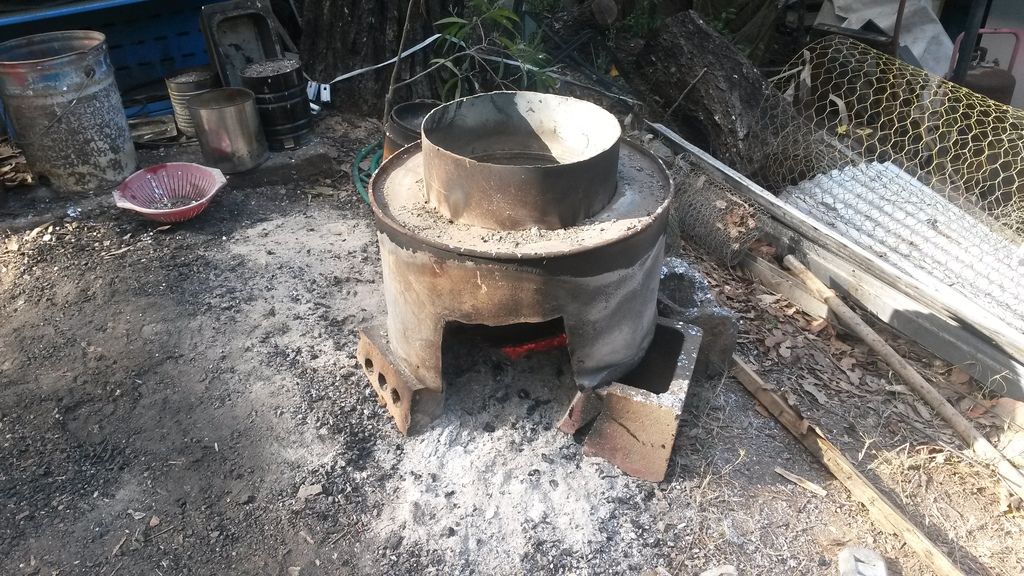I've had a problem recently where I won't run small batches of lead. Whenever I do run them I try to do it in batches of Atleast 100lbs. The problem being my pot only holds about 40-50lbs and it's extremely sketchy. So I have an old refrigerant bottle that I cut in half and will build some feet and a valve for easy pouring. I've looked at valves and such and have an idea for what I want to build. My question is what would be priority in valve placement and how would you build a base. It has handles on it that's just round stock bent on a loop. I was thinking about feet like that but doing 3 so it's more stable. I have an idea that I'll draw out at some point. I just want more experienced people to critique it and to hear suggestions. I know there's multiple posts on this and I have read some. But I'm looking for new ideas or things to try.

|
   
   
|


|



 Reply With Quote
Reply With Quote

















